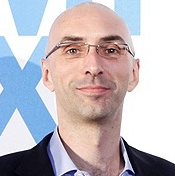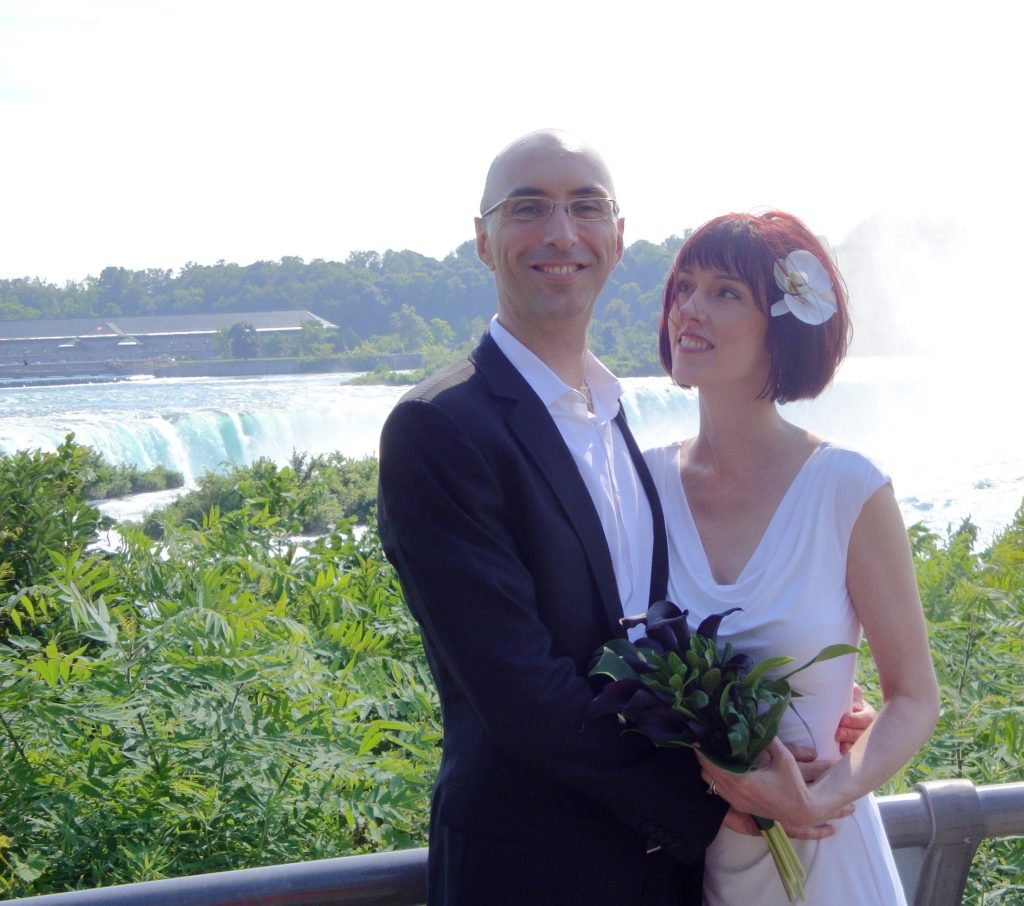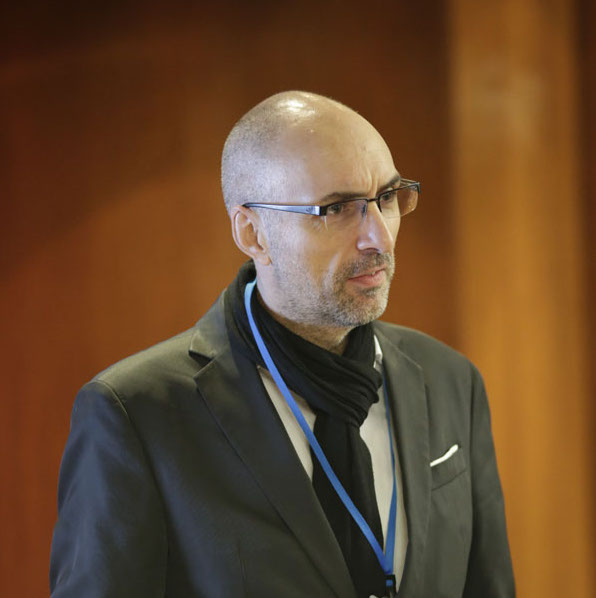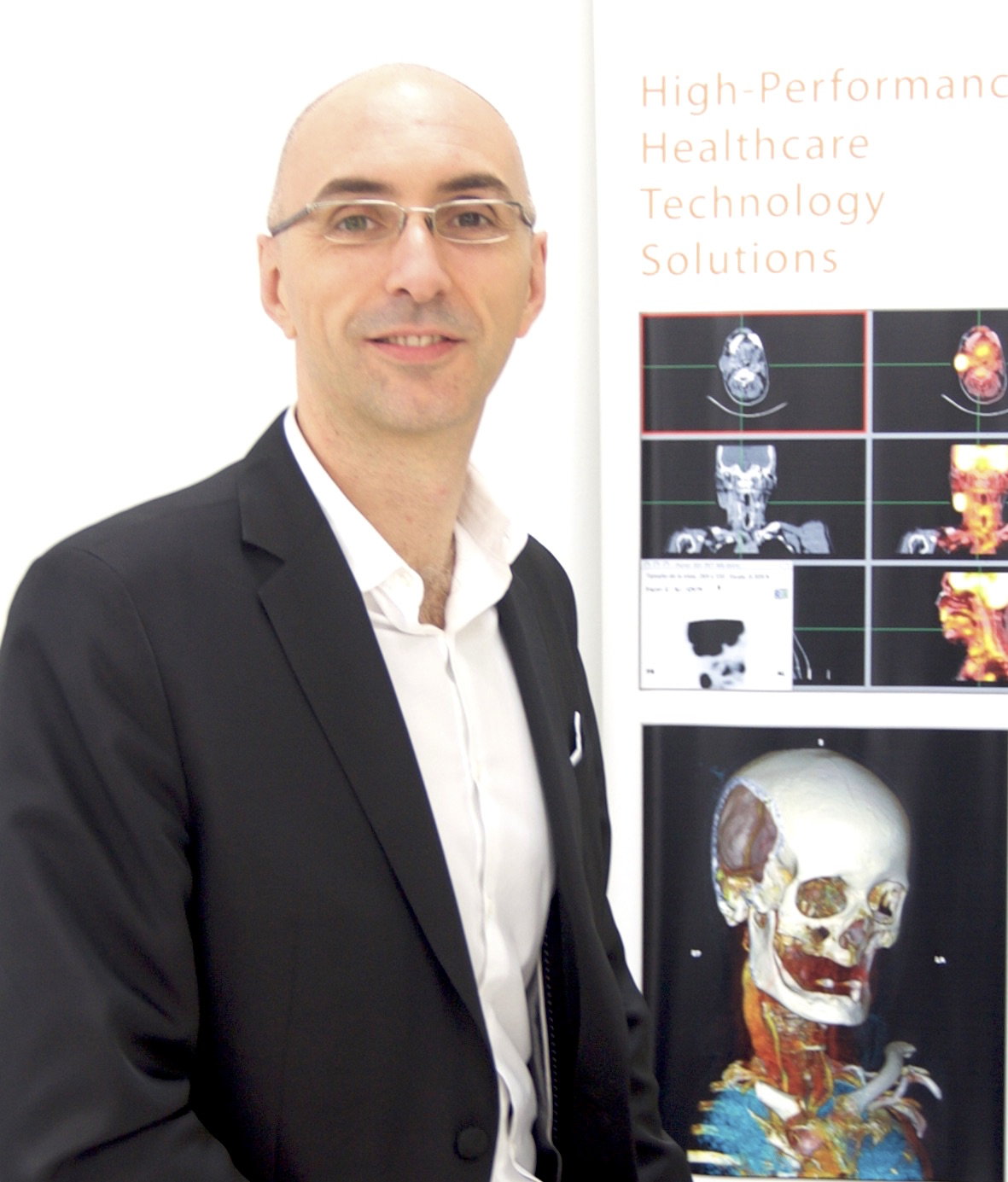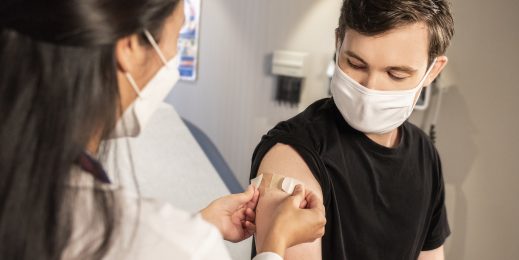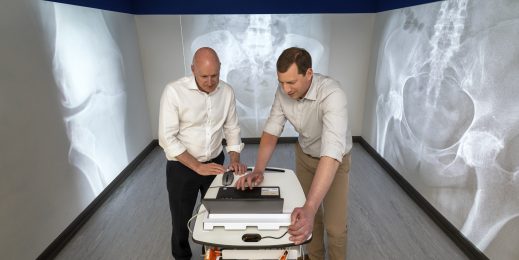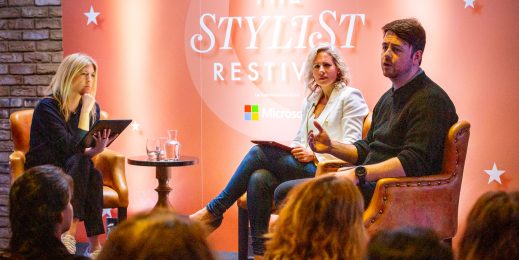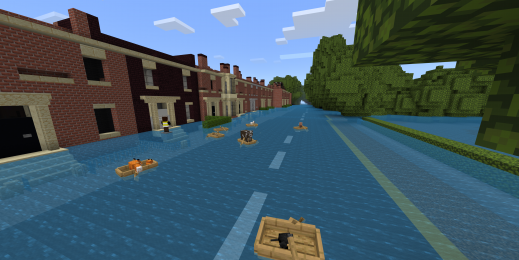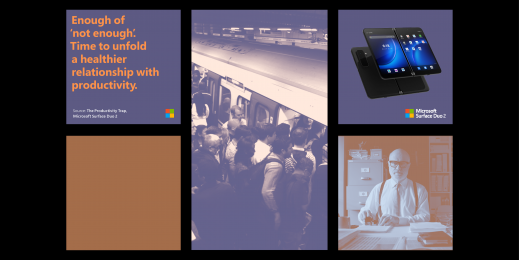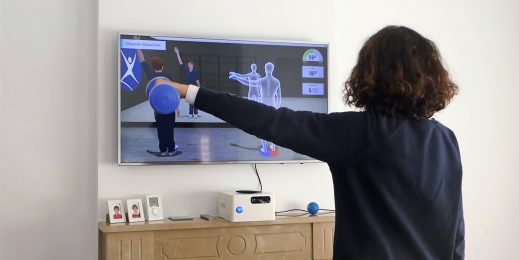One man’s quest to revolutionise cancer treatment
As love stories go, it could win an Oscar: Boy meets girl, girl falls seriously ill, boy nearly bankrupts his company to help save her, girl recovers, boy realises he has built incredibly successful business that could help save millions of lives, they both live happily ever after.
Except this isn’t Hollywood; this really happened.
Jorge Cortell risked the company he founded, his livelihood, everything, to save the love of his life from breast cancer.
Now he has teamed up with the UK’s National Health Service and Microsoft to make his inventions available to the doctors who need them most.
What started as a personal quest has revolutionised how we tackle cancer, which claimed more than 163,000 lives in 2014 in the UK, according to Cancer Research’s latest figures, and nearly three times that number were diagnosed with the disease.
People can now be treated faster and more effectively, potentially saving the NHS millions of pounds a year.
But Cortell’s breakthrough didn’t happen in a laboratory; there were no test tubes or scientific experiments. He used his computer to tackle cancer, creating several programs and using Microsoft Azure to allow doctors to easily share images of tumours in the human body, check patients’ medical history and see which medications will work, with just a few clicks of a mouse.
Cortell has tackled a major problem in the often cash-strapped medical world – there are lots of very old computer systems which handle scans such as X-rays and MRIs that are being used alongside newer ones, but none of them work with each other.
Sara Bainbridge, Cancer Research UK’s policy manager, said: “Sharing data, images and test results is crucial to improve patient care. Software that helps this happen might be useful in speeding up diagnosis if it frees up time for doctors and other health professionals involved.”
He found out how frustrating – and life-threatening – this could be when, four years ago, he met Stephanie, a breast cancer patient, in New York, and went with her to hospital appointments. Tumour samples took weeks to come back, tests had to be redone, oncologists didn’t have access to tissue samples or images, the list went on and on.

“I realised there were many inefficiencies, many pieces of data that weren’t connected, many things that should have happened but didn’t,” he said. “I wanted to put together the ‘missing pieces’ to solve the puzzle to help her, and millions of other patients like her.”
At the time his six-year-old company, Kanteron, was focused solely on managing and distributing medical images, such as scans, to doctors. It was a successful company, and with more than 200 firms doing the same thing, it’s a very stable, reliable market – doctors need to see scans of a patient, so these companies help to send them over.
Simple.
All that changed during Stephanie’s treatment.
“I told my developers to stop what they were doing and that we were going to invest everything we had in research and development to create those components that were missing,” Cortell, 44, said.
Kanteron, a large company with three offices in Spain as well as sites in the UK, US and Peru, suddenly changed direction to focus on three areas – digital pathology, genomics and bio sensors.
The first part set out to standardise scans so radiologists can view them no matter what system they use. Currently, there are many digital pathology scanners and they all produce images in their own format; so if one radiologist sends an image to his colleague, he or she may not be able to view it – a scenario Cortell calls “ridiculous”.
Next he turned to genomics. He set out to find a solution to the problem that most medications are prescribed on a trial and error basis – a patient is given a drug, they take it but it doesn’t work, so they go back to their doctor, then the whole process starts over again. “You have to change to another one and then another one; and every time you do that it’s time and money spent and you put the patient at risk,” Cortell reveals, adding that between 25% and 75% of medications don’t work for an individual.
I nearly bankrupted the company. The whole thing was irrational, but that helps you have a very clear vision.
Kanteron created a single database that allows doctors to log in within seconds and tailor medications to specific patients based on their genomic profile.
Lastly, there’s bio sensors such as wearable devices that measure the body’s statistics. Cortell created a program that allows medical professionals to see all the data gathered from products such as Microsoft Band on one screen. “The clinician can say: ‘OK, this day you said you started not sleeping well or your head started to hurt,’ and you can see the measurements and say, ‘OK, what happened the day before?’ So you have a very visual, quick view of what’s going on [with a patient].”
The whole idea was a huge gamble, and one that Cortell admits didn’t make sense from a corporate point of view, but he couldn’t stand by and do nothing.
“I nearly bankrupted the company. The whole thing was irrational, but that helps you have a very clear vision. When you’re making decisions based on projections and markets and statistics, sometimes numbers change and your vision changes and it complicates things. In this case, that didn’t matter… Seeing the love of your life fade before your eyes is [a] strong motivation… This was personal, and I owned the company, so I took the risk.”
Cortell was born in Valencia, Spain, and nearly became a professional basketball player, before he broke both knees in a pre-season game ahead of his debut season. Years of playing the sport in college had weakened his knees, but Cortell kept playing until one slam dunk too many left him with life-altering injuries. He underwent six surgeries on each knee and spent eight months in hospital, with doctors telling him he would be lucky to walk again.
In a twist of fate, it was this horrific injury that put Cortell on the path to creating Kanteron. The future businessman became obsessed with looking at medical images of his reconstructed limbs, and once out of the hospital he went back to school to study computers at Oxford, specialising in satellite and medical imaging.
He then set up Kanteron with a friend who was a nuclear physicist, and “we grew it from there”.
The business was a success. The team expanded to 10 core people with a further 32 freelancers and new offices were opened in London and Peru. In 2011 Cortell flew to New York to open the US subsidiary, and met Stephanie. Originally from upstate New York, she had flown back to the country at the same time. She became his travel agent and they started dating. Then, she fell ill.
“As I held her hand through the process twice (she had surgery, and a recurrence a year later) and met with her doctors, I saw first-hand how broken many cancer-care processes involving data and medical imaging sharing were,” Cortell says.
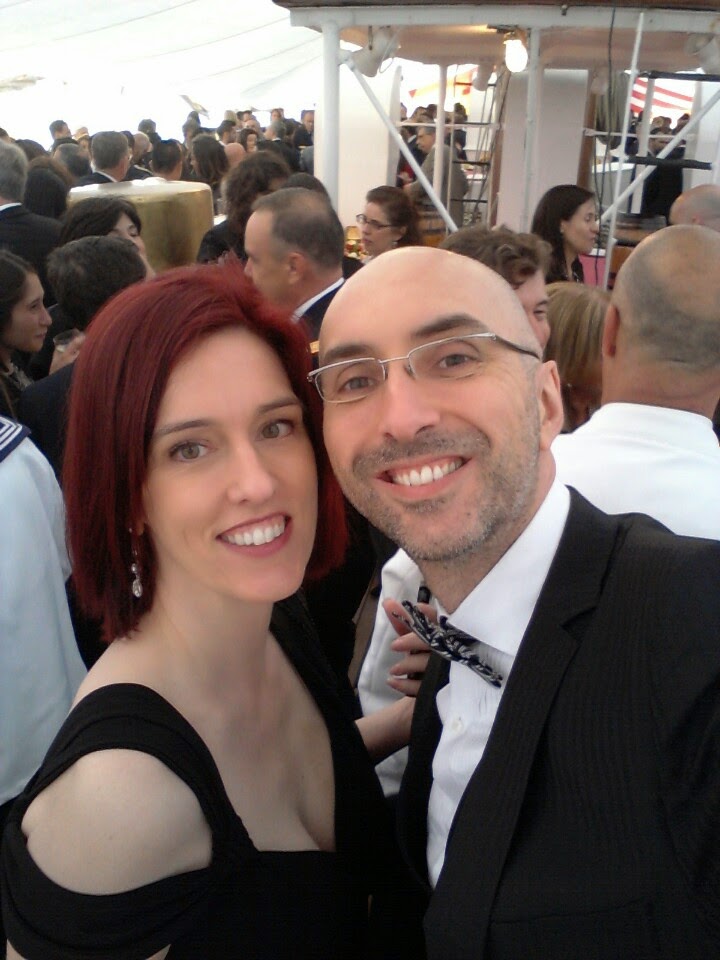
Her treatment was complicated by an unusual reaction to an ineffective medication, which Cortell blames on a “genomic variant”.
“Something had to be done about it, and I was not going to sit and wait for somebody else to do it.”
Cortell quickly found out that “doing something about it” was not straightforward. First, he had to go back to school, as his computer degrees and multiple years of medical imaging and business experience were not enough. As he’s not a qualified doctor, Cortell was only accepted into a postgraduate clinical genomics programme due to his persistence. However, he graduated with top grades, before persuading his genomics professor to join Kanteron as an advisor, adding to the robotic, satellite and medical imaging experts already at the company.
One million lines of computer code later and Kanteron had created the Translational Medical Information Server (TMIS) – the first and only integrated personalised medicine system in the world. TMIS has since won a string of international accolades, including the Digital Pathology Association Award.
The work was completed as Stephanie underwent a long and tough treatment programme involving surgery. She fought and recovered, and has remained cancer-free for two years.
Despite their relief and delight, Cortell felt his work wasn’t finished. He wanted to help more people like Stephanie – “the objective is to be global”, he says.
In a bid to make sure as many experts and medical institutions adopted his program as possible, Kanteron purposely made TMIS open source – “we have all the data and the proof that it’s secure and then all the advantages, too”. It also runs on Azure, Microsoft cloud solution.
“We’re very excited about working with Microsoft. Last year 90% of customers did not want to talk about the cloud, this year 10% of customers don’t want to talk about the cloud. It’s been a dramatic change.”
Cortell has also sought to calm fears about cyber security, with Microsoft Cloud protected at the physical, network, host, application, and data layers so that its online services are resilient to attack. “From day one security has been paramount to us, not only because its healthcare and genomics data, but also because we work in 15 countries,” he adds.
Kanteron now has customers on four continents, while the order pipeline stands at “hundreds of millions of dollars and is ramped up vertical now”.
“We doubled revenues last year and tripled this year and we are only mid-way through,” Cortell adds.
There’s also a major agreement with the NHS, while children’s hospital Great Ormond Street has been a customer for more than four years.
“The NHS had an interest in medical imaging and going ‘open’ after they tried to concentrate everything in very few vendors and spent billions of pounds and it didn’t work,” Cortell says.
Bainbridge added: “We know that there are real pressures on the NHS to deliver results on time. We want to see support for new thinking in the NHS, such as projects testing new arrangements for sharing staff and resources between hospitals, to ensure patients get the best quality care.”
We doubled revenues last year and tripled this year and we are only mid-way through.
The NHS agreed a blanket deal with Kanteron that meant any trust could sign up and start using TMIS. The trusts gain access to the open source code, so they can download and use the programs for free. They can then call on Kanteron for services such as training and tech support.
Kanteron is now in direct contact with 17 NHS trusts across the country, “from Leeds to Manchester to Southampton”, each with their own initiatives, ideas and projects. The fact TMIS is open source means it can be adapted to any proposal, even if that doesn’t include Kanteron.
“The advantages for the customer is they know their data will never be locked in. They know they will never be dependent on us. If, for whatever reason, they do not want to work with us, they can go with someone who is capable of handling that code. It’s very easy for us to integrate with others.”
However, Cortell doesn’t see that happening. He claims that the efficiencies and accuracy his system offers doctors when they’re actively treating patients means the NHS could save millions of pounds a year.
“We have done research in different countries, all with different populations and medication coverage and cost, but the impact is always huge. There are some cases where the saving on individual patients can be many thousands of pounds, just being able to look at data at the right time – when you prescribe the medication, or when you follow up, or to prevent an adverse medical reaction.
“Doctors can remotely collaborate on a single patient. We have a genomic data project in Canada that is screening for adverse medical reactions; but it’s not only preventing them, it’s also finding cases that nobody caught. We can now check a patient’s genomic data and say, ‘OK, this patient was prescribed this medication in the past year, but we know this patient has this genomic variant that interacts with this antibiotic and it causes liver damage’. We can go through that patient’s medical history and see if there is liver damage reported but no one knew why. Now we have the link, and we can advise the doctor that he might want to change the medication or at least let him know that this is the cause and that could inform his treatment.
“We are very excited.”





